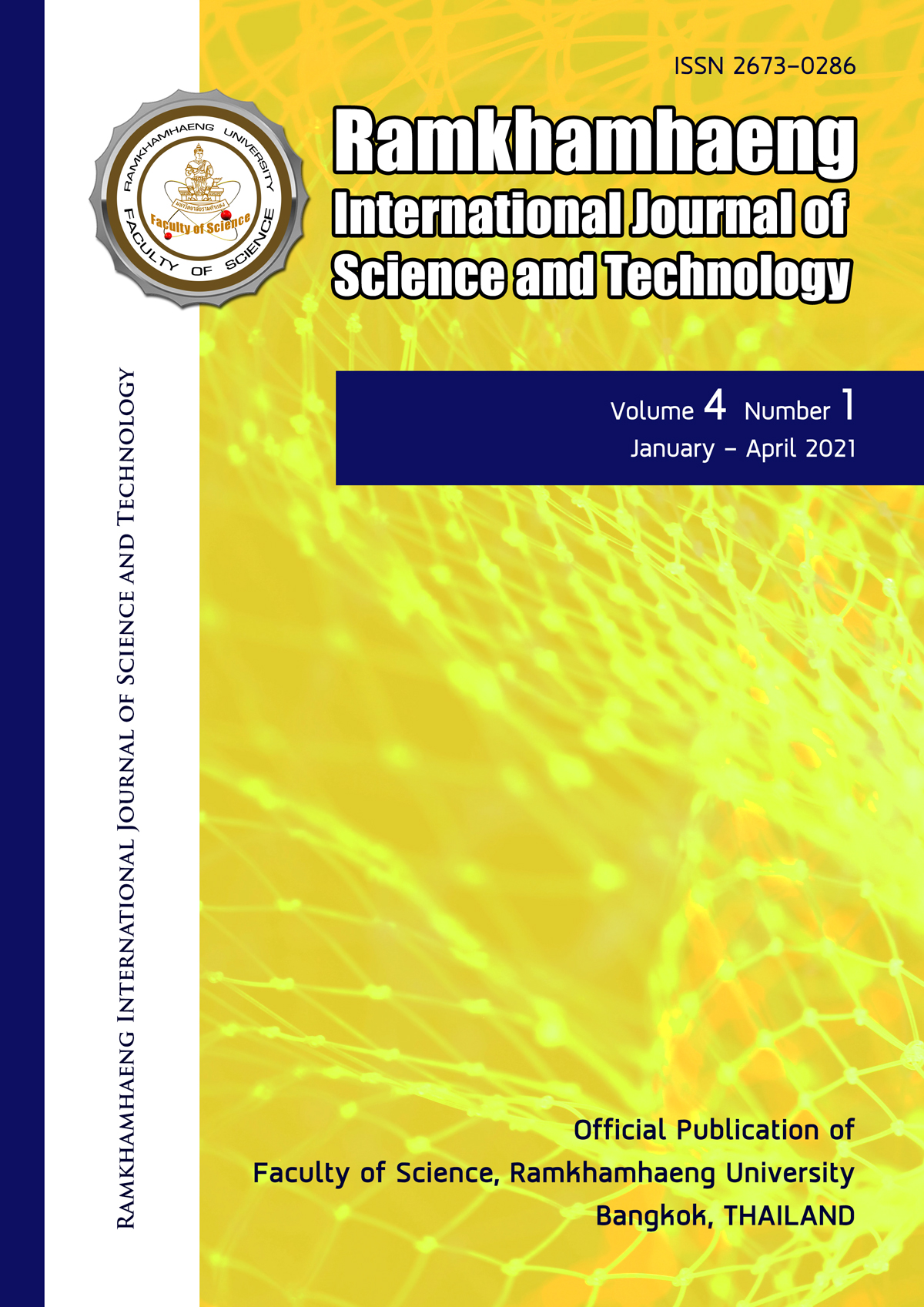Comparing composition and abundance of macroinfauna on sandy beaches and coral reefs at Mu Ko Chumphon, the Western Gulf of Thailand
Keywords:
polychaet, Polydora, diversity, the western Gulf of ThailandAbstract
Macrofauna in sedimentary environment of coastal habitats such as sandy beach, mangrove and coral reef are one of important components of coastal ecosystems. Knowledge of connectivity between coral reef and its associated communities is needed to better understand the complexity of food webs in marine and coastal ecosystems. There are no studies on gradient of infaunal communities between coral reef and sandy beach at the same location in Thailand. Therefore, this study aimed to investigate composition and abundance of infauna living in sandy beach and soft bottom of coral reef at Ko Mattra and Ko Maphrao, Mu Ko Chumphon. Five major macrofauna were observed. Nematodes and polychaetes were the major groups at both sandy beach and coral reef habitats. The polychaete Polydora sp. was abundant species on sandy beach at both study sites. The diversity of infauna on coral reef community was much higher than that of sandy beach. However, the abundance of macrofauna on sandy beach was significantly higher than those coral reefs. The correlation between the abundance of macrofauna and median grain size was correlated but no significantly difference. This study implies application of infauna for a bioindicator of sandy beach and coral reef ecosystems as well as utilization for fisheries, mariculture and natural products for pharmaceutical and cosmetic industry.
References
Alongi DM (1990) The ecology of tropical soft-bottom benthic ecosystems. Oceanography and Marine Biology: An Annual Review. 28: 381–496.
Angsupanich S, Kuwabara R (1995) Macrobenthic fauna in Thale Sap Songkla, a brackish lake in southern Thailand. Lakes & Resevoirs: Reserves and Management. 1: 115–125.
Bergamino L, Gómez J, Barboza FR, Lercari D (2013) Major food web properties of two sandy beaches with contrasting morphodynamics, and effects on the stability. Aquatic Ecology 47(3): 253–261.
Corte GN, Schlacher TA, Checon HH, Barboza CA, Siegle E, Coleman RA, Amaral ACZ (2017) Storm effects on intertidal invertebrates: increased beta diversity of few individuals and species. PeerJ 5: e3360. https://doi.org/10.7717/peerj.3360
Costa LL, Machado PM, Zalmon IR (2019) Do natural disturbances have signifcant effects on sandy beach macrofauna of Southeastern Brazil?. Zoologia. 36: https://doi.org/10.3897/zoologia.36.e29814
Coutinho MS, Bernardino AF (2017) Spatial and seasonal changes in benthic macrofauna from two dissipative sandy beaches in eastern Brazil. Brazilian Journal of Oceanography 65(4): 666–677.
Defeo O, McLachlan A (2005) Patterns, processes and regulatory mechanisms in sandy beach macrofauna: a multi-scale analysis. Marine Ecology Progress Series 295: 1–20.
Gray CA (2016) Tide, time and space: scales of variation and influences on structuring and sampling beach clams. Journal of Experimental Marine Biology and Ecology 474: 1–10.
Harris L, Nel R, Smale M, Schoeman D (2011) Swashed away? storm impacts on sandy beach macrofaunal communities. Estuarine, Coastal and Shelf Science 94: 210–221.
Hutchings P (1998) Biodiversity and functioning of polychaetes in benthic sediments. Biodiversity and Conservation. 7: 1133–1145.
Lercari D, Defeo O (1999) Effects of freshwater discharge in sandy beach populations: the mole crab Emerita brasiliensis in uruguay. Estuarine, Coastal and Shelf Science 49: 457–468.
Lercari D, Defeo O (2015) Large-scale dynamics of sandy beach ecosystems in transitional waters of the southwestern atlantic ocean: species turnover, stability and spatial synchrony. Estuarine, Coastal and Shelf Science. 154: 184–193.
Machado PM, Costa LL, Suciu MC, Tavares DC, Zalmon IR (2016) Extreme storm wave influence on sandy beach macrofauna with distinct human pressures. Marine Pollution Bulletin 107: 125–135.
Muthuvelu MM, Balachandar SK, Murugesan.P (2013) Diversity of benthic fauna in Coleroon estuary, south east coast of India. International Journal of Recent Scientific Research. 4(10): 1617–1621.
Pearson TH, Rosenberg R (1978) Macrobenthic succession in relation to organic enrichment and pollution of the marine environment. Oceanography and Marine Biology: An Annual Review 16: 229–311.
Taylor P, Mclachlan A (1980) Intertidal zonation of macrofauna and stratifcation of meiofauna on high energy sandy beaches in the Eastern Cape, South Africa. Transactions of the Royal Society of South Africa 44: 37–41.
Veloso VG, Cardoso RS (2001) Effect of morphodynamics on the spatial and temporal variation of macrofauna on three sandy beaches, Rio de Janeiro state, Brazil. Journal of the Marine Biological Association of the United Kingdom 81(3):369–375.
Zenetos A, Bogdanos C (1987) Benthic community structure as a tool in evaluating effects of pollution in Elefsis Bay. Thalassographica 10 (1): 7–21.
Downloads
Published
Issue
Section
License
Copyright Notice: a copyright on any article in the published journal is retained by the Ramkhamhaeng International Journal of Science and Technology. Readers or Users grant the right to use of the Article contained in the Content in accordance with the Creative Commons CC BY-NC-ND license and the Data contained in the Content in accordance with the Creative Commons CC BY-NC-ND.



